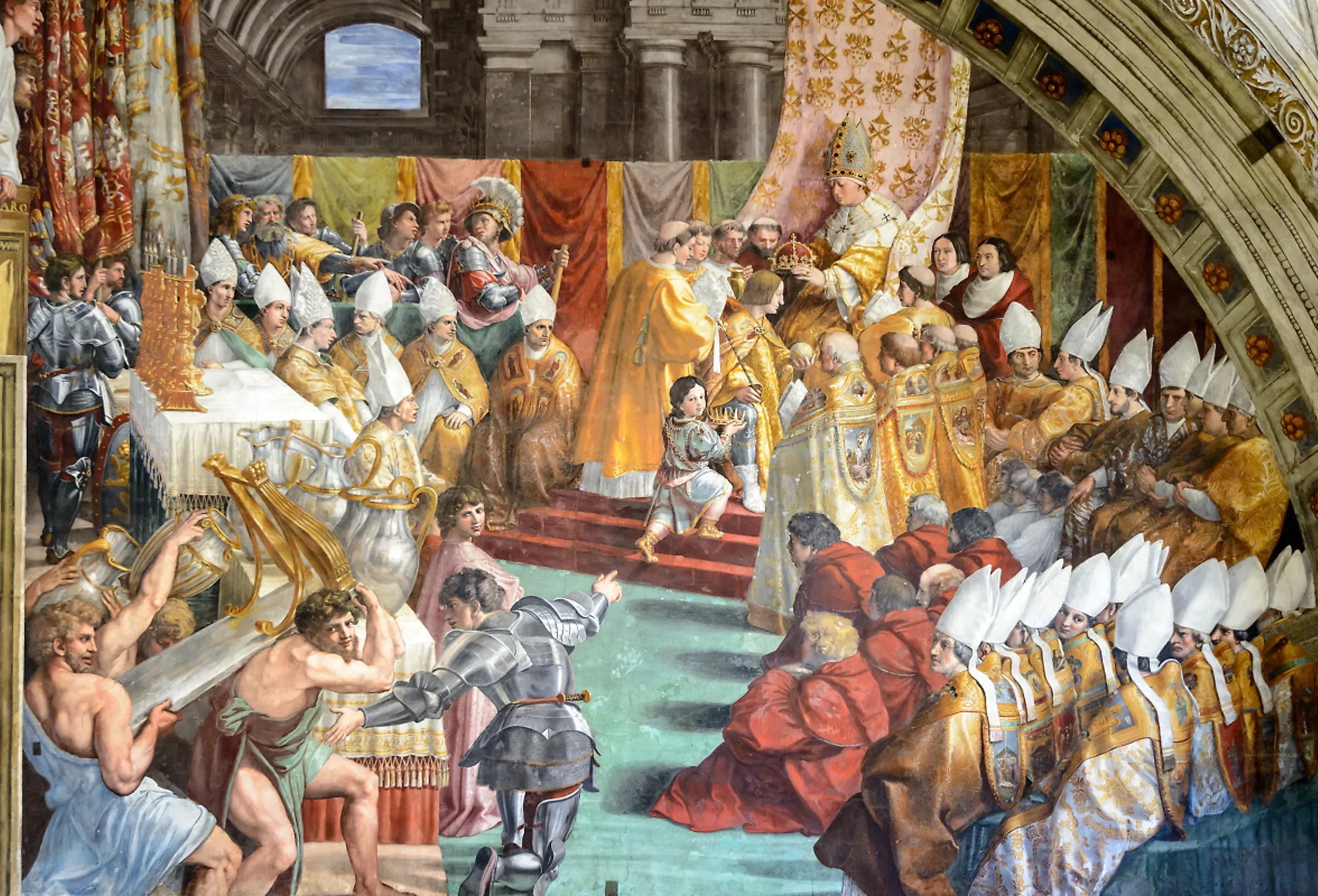
The Barbarian Successor Kingdoms Of The Roman Empire
In the wake of the collapse of the Western Roman Empire in 476 CE, dozens of kingdoms and chiefdoms were formed by the various barbarian tribes that had come and settled into Roman territory. For hundreds of years before the official fall of Rome, there had been a steady and seemingly unstoppable stream of Germanic people flowing into places like France, Spain, and Italy.
Some of these kingdoms were nothing more than a footnote in history, whereas others of these successor states went on to form some of the most powerful and influential nations of the modern world.
Vandals in North Africa
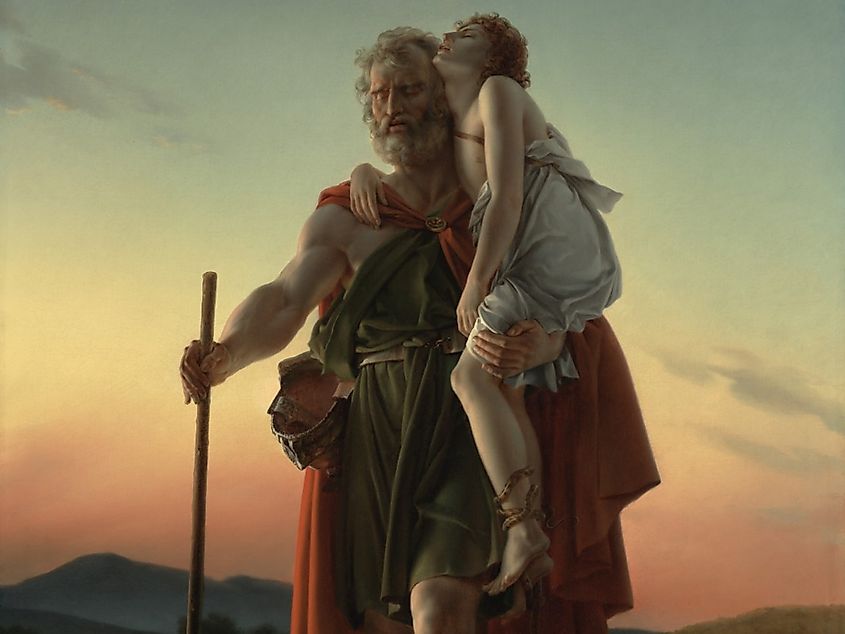
In the 5th and 6th centuries, there was a rather formidable Germanic kingdom located in what is modern Tunis and Algeria. The Vandals, a barbarian group that had long been at odds with the Romans, first conquered this part of the empire as early as 429 CE. This was perhaps one of the biggest blows to any hope of maintaining the Western portion of the empire. North Africa was the bread basket for the West. Without a steady stream of bread and grain being shipped into the large population centers of the empire, it was only a matter of time before everything else unraveled.
Not only did the Vandals snatch away one of the most important provinces in the empire, but they sacked Rome itself in 455 CE. Something that was once thought to be impossible in the eyes of most Romans. The Romans eventually got the last laugh, however. After Rome fell in 476 CE, the emperor of the Eastern Roman Empire (Byzantine Empire), Justinian dispatched one of his best generals to reconquer the region.
In 533 CE, the famous General Belisarius wrestled control away from the Vandals after taking Carthage and dealing a series of stunning defeats to Vandal forces. With the Vandal Kingdom extinguished, the Romans held onto Africa for another 100 years before losing it to Arab invaders in the 7th century.
Visigothic Spain
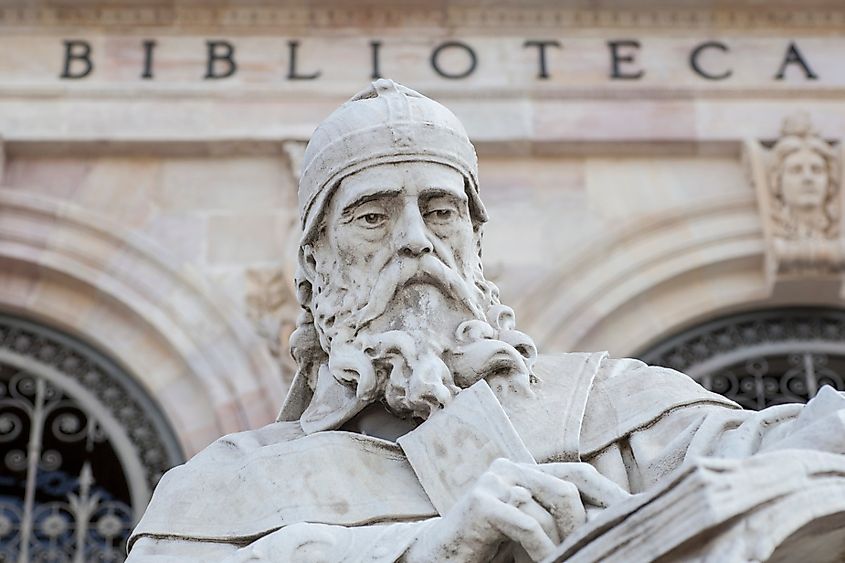
The Visigoths spent most of the 4th and 5th centuries as a nomadic people. On the run from worsening weather conditions and the Hunnic invasion, they wandered around most of Europe, looking for a new place to call home. Like many of the invading Germanic tribes at the time, they did not shy away from violence. Before eventually settling in Spain, they sacked the city of Rome in 410 CE.
By the time the West fell in 476 CE, the Visigoths had full control of the Iberian Peninsula. Visigoth Spain was not nearly as dark and bleak as some might have you think. For a short time, the kingdom was prospering both economically and culturally. There was a beautiful blend of both Germanic and Roman culture, not to mention the famous legal writings found in the Liber Iudiciorum. This book granted the Visigoths one of the most highly advanced legal frameworks of its time. Something that much of Medieval Europe would not have for centuries.
Parts of Visigothic Spain would fall to the reconquest of Justinian and Belisarius in the 5th century. However, it would not be until the Arab invasion of the 6th century that the kingdom truly fell.
Ostrogothic Italy
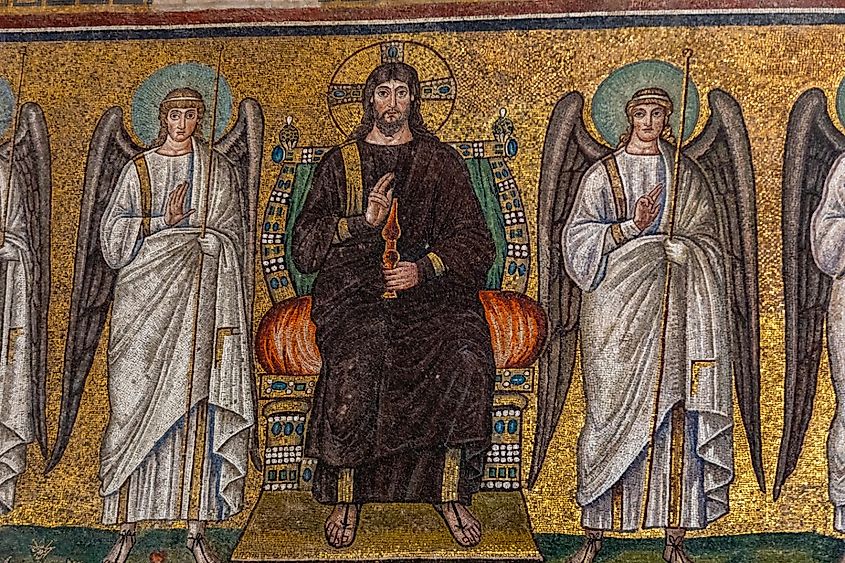
In the years leading up to the fall of Rome, the Ostrogoths had perhaps the best relationship with the Roman state. Tens of thousands of Ostrogoths joined the Roman military as foederati. In the later years of the empire, these troops proved to be unreliable yet essential in fighting against other invaders. However, despite their somewhat amicable relationship, all of this changed in 378 CE at the Battle of Adrianople. The Eastern Roman Emperor Valens attacked the Ostrogoths in an attempt to remove them from his lands, fearing that their presence would only encourage further migration from other Barbarian tribes. The battle was a total disaster for the Romans, and Valens was killed in battle. From that point forward, the Ostrogoths remained one of the big players in the demise of Rome.
In 476 CE, the famed Ostrogothic chief King Theodoric dealt the killing blow to the Western Empire and immediately set up his own kingdom in Italy. Contrary to popular belief, Theodoric was not the bloodthirsty brute that he is sometimes depicted as in media and history books but rather a deep admirer of the Roman way of life. Theodoric maintained classical Roman institutions such as the Senate and continued to put money into repairing the buildings and public works around Rome that had begun to fall into disrepair centuries before his arrival.
The Ostrogothic Kingdom was eventually conquered by the Romans, led by Belisarius. The wars fought between the Romans and Ostrogoths in Italy were so brutal and taxing that it is argued by some historians that this is what kicked off the Dark Ages in the region, not the Barbarian takeover.
Francia (Kingdom of the Franks)
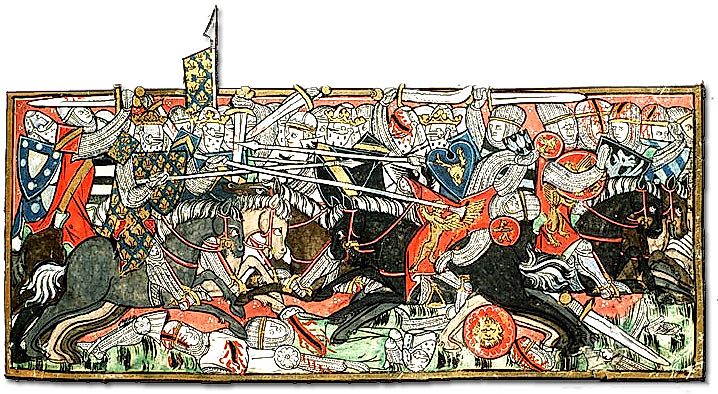
While most of the successor kingdoms to the Roman Empire met their demise only a few hundred years later, Francia continued to live on and thrive. The Franks emerged out of the ashes of the Western Roman Empire as the strongest and most formidable Barbarians of them all. This Kingdom of Francia, established by King Clovis, went on to lay the groundwork for the modern-day nation-states of France and Germany. The Franks initially embraced the Roman way of life and practiced their law, and followed some of their cultural norms. This would eventually give way to the feudal system and Salic Law.
The Frankish Kingdom reached its height in 800 CE with the famed Charlemagne at the helm. Charlemagne and his kingdom encompassed France, Germany, most of Northern Italy, and even parts of Spain. It was the largest empire Western Europe had seen since the fall of Rome almost 400 years prior. Charlemagne also established the Holy Roman Empire, a state of German-speaking states that remained a powerful and dominant force within Central Europe for the following 1,000 years.
Summary
The depiction of the fall of Rome is often incorrect within modern media and public conception. While it is true that the quality of life did begin to decline in later centuries, many of the successor kingdoms were able to keep up with the Romans in much of the day-to-day living that many Roman citizens would have experienced.
Some of these supposedly uncivilized barbarian conquers turned out to be deep admirers of Roman civilization and were not oblivious that they were building their own kingdoms on top of something much bigger than them. In many cases, such as with the Ostrogoths, they preserved the Roman way of life until it was ironically devastated in the Roman reconquest of Italy.











